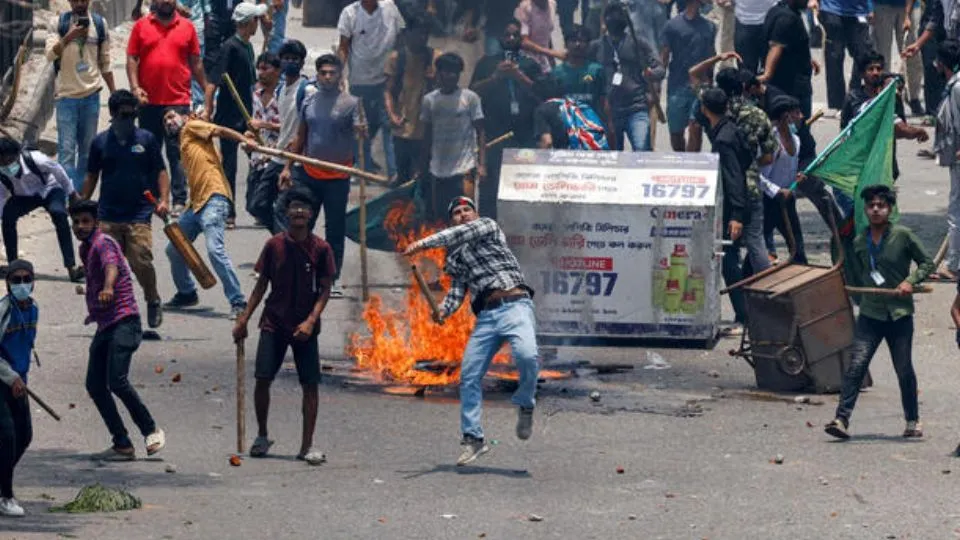The American Space Agency NASA has shared an alluring image of gigantic jets rising from a thunderstorm toward the Himalayas in China and Bhutan. Sharing the picture a few days back, NASA revealed that four long jets were captured within minutes of each other.
Rare gigantic jets appearance
Sharing a picture, NASA wrote a description about it “Pictured here are gigantic jets shooting up from a thunderstorm last week toward the Himalayan Mountains in China and Bhutan. The image captured four long jets that occurred only minutes apart”.
What are Gigantic Jets
Gigantic jets, recorded only in the 21st century, are a rare type of lightning discharge that occurs between thunderstorms and the Earth’s ionosphere high above them. While blue jets are considered to begin between the upper positive charge region and a negative screening layer, gigantic jets appear to start as an intracloud flash between the middle negative and upper positive charge regions in the thundercloud. Then, a negatively charged leader escapes upward from the cloud toward the ionosphere before it can discharge within the cloud.
Gigantic jets can stretch to higher altitudes than blue jets, concluding at 90 km. They may appear to be visually similar to carrot-type sprites, however, gigantic jets are not related to cloud-to-ground lightning and propagate upward from the cloud at a slower rate.
Also Read | Zaheer Iqbal Poses With His To-Be Father-In-Law Ahead Of Marriage With Sonakshi Sinha
A similar phenomenon is seen Before
According to weather.com gigantic jets pack 50 times the power of a regular lightning strike and can move as high as 80 kilometers above the Earth’s surface. Last year in August, a Puerto Rico-based photographer spotted this rare event appearing from a storm system that would progress into Hurricane Franklin. These Gigantic jets were also seen over Odhisha’s Bhadrak from an airborne plane in 2018.
Also Read | Bangladesh Prime Minister Sheikh Hasina Receives A Grand Welcome In India
The nature of gigantic jets and their feasible connection with other types of Transient Luminous Events (TLEs), such as blue jets and red sprites, remains an active topic of research.
About the Author
Simran Akhouri is a postgraduate student in journalism from the University of Delhi. She has developed strong writing skills that allow her to convey stories. She is passionate about uncovering the truth and delivering it to the public in an engaging and accessible manner.











